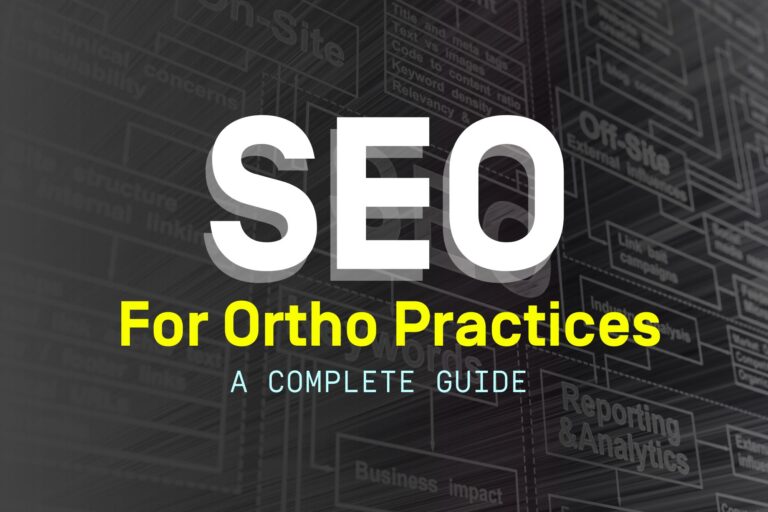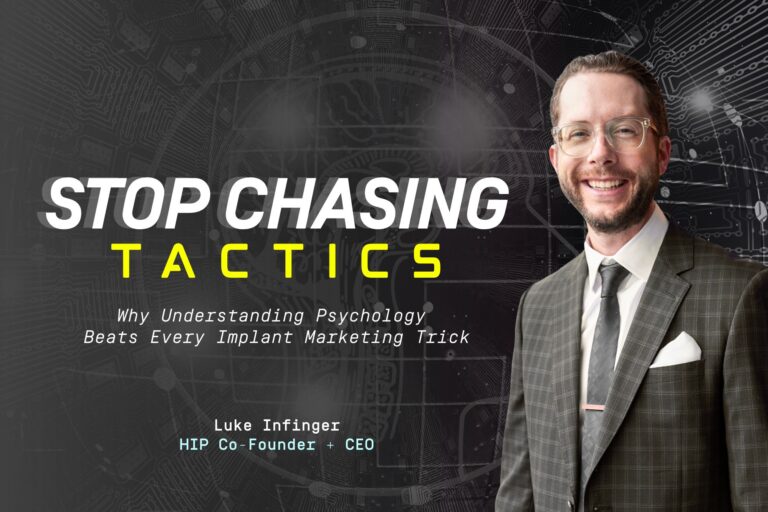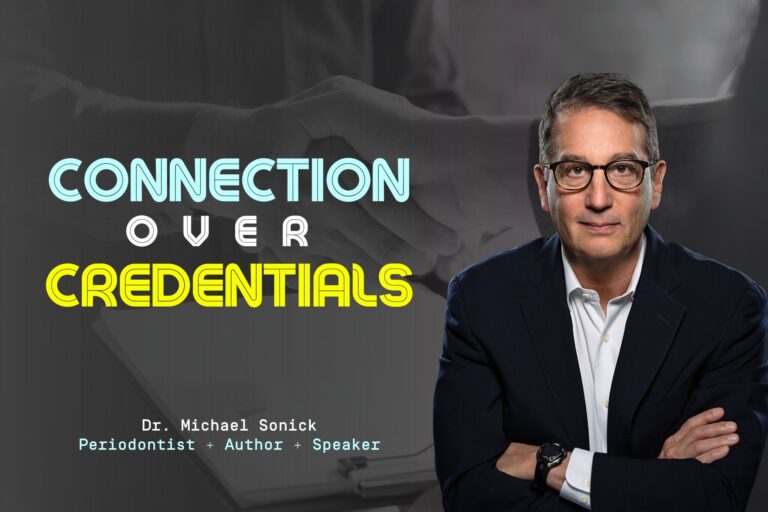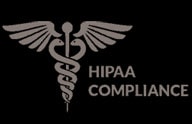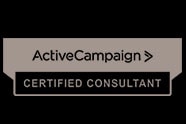In 2019, Smile Direct Club was flying high. They promised to revolutionize the orthodontics industry and make a perfect smile affordable for everyone. Their bold marketing and quick growth brought them near-universal recognition. And with a market valuation of $8.9B, they seemed too big to fail.
But just 4 years later, they’ve done just that. After failing to strike a deal to emerge from Chapter 11 bankruptcy, Smile Direct Club shut down operations and left their customers high and dry.
So how did this seemingly dominant force go from market disruptor to cautionary tale? We’ll break down the factors that drove Smile Direct Club out of business here and discuss what it means for patients and the orthodontic industry.
Why Did Smile Direct Club Shut Down?
There’s no single factor that led to Smile Direct Club’s undoing. A series of factors combined to force them into bankruptcy just 4 years after raising $1.3B in their IPO. Let’s look at some of these reasons to gain a comprehensive understanding of this complex saga.
Legal Battles & Regulatory Scrutiny
Almost from day one, Smile Direct Club found itself in a web of legal battles and regulatory scrutiny that impeded its operations.
According to Wikipedia, “The American Association of Orthodontists (AAO) has filed complaints with 36 state dental boards, alleging that Smile Direct Club violates regulatory standards.” The ADA also filed complaints with the Food & Drug Administration (FDA), claiming Smile Direct Club was intentionally skirting FDA regulations.
Later, the District of Columbia’s attorney general sued the company for deceptive business practices. For years, Smile Direct Club had silenced complaints by requiring customers to sign a non-disclosure agreement (NDA) to receive a refund. As a result of this lawsuit, the company had to release customers from NDAs and pay penalties.
Furthermore, the introduction of stricter laws in California to regulate the teledentistry industry represented the growing regulatory scrutiny that has impacted the direct-to-consumer orthodontics market overall.
The snowballing impact of bad press, increasing regulatory burdens, and legal bills created financial losses and eroded customer trust, contributing to the company’s downfall.
Profitability Struggles
Beyond their legal and regulatory hurdles, Smile Direct Club also struggled to post consistent profits. Despite being valued at about $8.9 billion when it went public in 2019, the company accumulated nearly $900 million in debt. Then, it continued to bleed money, losing $54 million in Q2 2023 alone.
Revised financial projections for 2023 signaled a continuing downturn in consumer interest due to economic pressures such as high inflation affecting spending abilities.
The company’s sales of aligners stagnated, and it missed its growth targets consistently. Despite introducing new products and strategies to right the ship, the company proved unable to do so. The lack of demand for their service Smile Direct Club kept profitability and positive cash flow out of reach.
Business Model Concerns
Smile Direct Club’s business model initially felt revolutionary but soon came under severe criticism. The company didn’t require initial in-person evaluations or identifiable supervising doctors to start treatment. The lack of direct supervision of patients was one of the main criticisms issued by dental associations and the basis for legal actions. The absence of initial dental exams or regular professional reviews during treatment was linked to potential complications and raised concerns about who was looking out for their patients.
The Rise Of Competition
Smile Direct Club’s initial success was partially due to a lack of competition. By 2020, however, several competitors had begun to cut into their revenue. Companies like Candid, Byte, and AlignerCo were growing and offering different benefits, like faster treatment times or lower prices.
The rise of the teledentistry software industry, boosted by the pandemic, allowed patients to start treatment remotely while working directly with a reputable orthodontist they could trust. Many patients were willing to pay a bit more for the reassurance that they had a professionally trained orthodontic specialist overseeing their treatment plan.
What Does It Mean For Existing Customers?
The shutdown of Smile Direct Club leaves existing customers in a state of uncertainty. From canceled orders and halted treatment plans to unresolved payment plans and disappearing customer support,Smile Direct Club’s customers will bear the brunt of the company’s closure.
Here’s how they’ll be affected:
Canceled Orders & Treatment Plans
Smile Direct Club terminated the treatment plans of all active customers immediately upon announcing they were shutting down. Those customers are stuck with an unfinished treatment plan and are left scrambling to seek local orthodontic care. There was no warning, leaving patients frustrated and distressed.
Some patients had signed up in recent weeks with promises that things would be okay, only to have their treatment plan canceled before even starting treatment. One of Smile Direct Club’s most significant benefits was a Lifetime Smile Guarantee for all patients, which disappeared overnight.
Payment Obligations & Refunds
Even though SDC terminated all services immediately, the company notified Smile Pay customers, their internal payment plan program, that they must continue making monthly payments until their payment plan is completed!
There are some indications that people who signed up for service between the company’s September 2023 bankruptcy filing and their December failure might qualify for refunds. However, with so many other creditors, it’s impossible to tell if or when customers will get their money back. That will all shake out as the bankruptcy process determines which creditors will get paid with whatever money is left. The bottom line: if you’re a Smile Direct Customer, don’t expect money back any time soon…and possibly not at all.
No Customer Care Support
The shutdown leaves existing SmileDirectClub Customers without customer care support, adding to their confusion and frustration. Following the shutdown, customers filed complaints with the Better Business Bureau and news platforms, telling interviewers they felt “outraged” and “gutted.” highlighting widespread dissatisfaction with their results and customer service.
While the company apologized for disrupting customer care, that’s hardly pacifying for their thousands of stranded patients.
Orthodontic Industry Reactions
Smile Direct Club won’t be mourned by the orthodontics industry, which has raised safety and quality concerns about the company for years. Plus, their failure means that thousands of motivated customers are about to enter back into the market if they can afford to continue treatment.
As Shin-Jung Hsieh, DDS, MS, told Verywellhealth.com, “For those customers who are in the middle of treatment, we would recommend stopping the aligner progression and holding in the current aligner. Then, seek care from a licensed dentist, or preferably, an orthodontist.”
The industry is concerned about the large number of patients in the middle of treatment with no one to turn to. Some orthodontists are taking action to help. For instance, the DSO Smile Brands offered free consultations and discounts at their partner locations for former Smile Direct Club customers.
Alternatives To Smile Direct Club
If you’re a Smile Direct Club customer, what should you do next? You shouldn’t just give up on your dream of a healthy and beautiful smile. So, here are a few options to consider:
Visit A Local Orthodontist
In-person orthodontic care is still the gold standard for fixing your smile. An orthodontist will conduct a thorough exam to assess your case, potentially identifying abnormalities or complications that might require dental treatment before safely starting with aligner treatment.
Plus, it helps you build a personal relationship with your orthodontic care team so you can reach out to them any time with questions. And they won’t disappear overnight as an online business can.
If you’re too busy or prefer not to visit the office as often, you still have some other options in a post-Smile Direct Club world…
Consider Remote Orthodontic Treatment
Some traditional orthodontists now offer remote treatment options so you can complete a full orthodontic treatment with just one or two visits to the office. This treatment provides virtual consultations and virtual checkups, so the service fits great with busy lifestyles.
You will need to visit the office to start treatment, but virtual check-ins can save you many trips to the office. But you still get the certainty and confidence of having a dedicated care team you can contact anytime.
Find A New Direct To Consumer Aligner Company
The failure of Smile Direct Club wasn’t a death knell to the mail-order orthodontics industry. Several competitors are still serving customers and are even growing. While we don’t necessarily recommend it if you want to continue the direct-to-consumer path for teeth alignment, here are a few new options for you:
Candid
If you choose direct-to-consumer dentistry, Candid offers the best mix between convenience and quality of care. Still, your aligners are shipped directly to your door, and every 14 days, you’ll send scans to be reviewed by a licensed orthodontist. The cost is less than in-office treatment but a bit more than some other direct-to-consumer options. Candid also offers comprehensive treatment plans capable of adjusting all types of teeth, including molars.
Byte
Byte offers a clear aligner treatment using their proprietary HyperByte device designed to reduce discomfort and accelerate the treatment process to 4–5 months. It’s not the cheapest option but is faster and less expensive than in-office treatment.
AlignerCo
If price is your #1 concern, AlignerCo is the cheapest clear aligner service on the market. With an everyday price of $995 and promotions that take it even lower, it’s a very low price for teeth straightening.
Why Did Smile Direct Club Go Out Of Business?
At the end of the day, Smile Direct Club failed because it couldn’t do what professionally trained orthodontists do every day, which is to reliably provide exceptional care and service for a fair price.
Their business model and treatment standards fell below the industry standards. By trying to skirt regulations, push the limits of quality medical care, and silence their critics, they created bad publicity and legal complications for themselves. And when their growth stalled, they had no cash left to pay their creditors.
Ultimately, Smile Direct Club will serve as a cautionary tale for the healthcare industry. Innovation is essential to move the industry forward, but prioritizing profits and growth over patients isn’t a recipe for long-term success.

